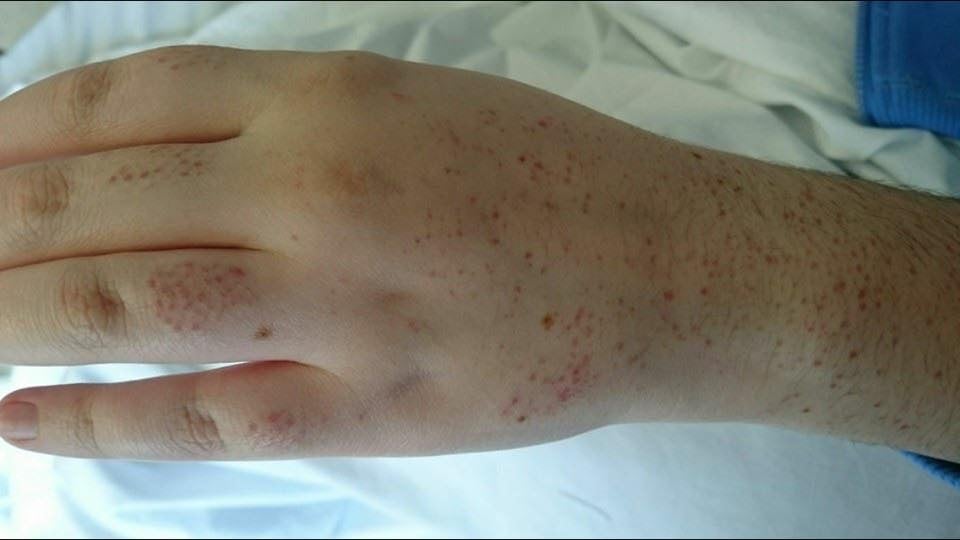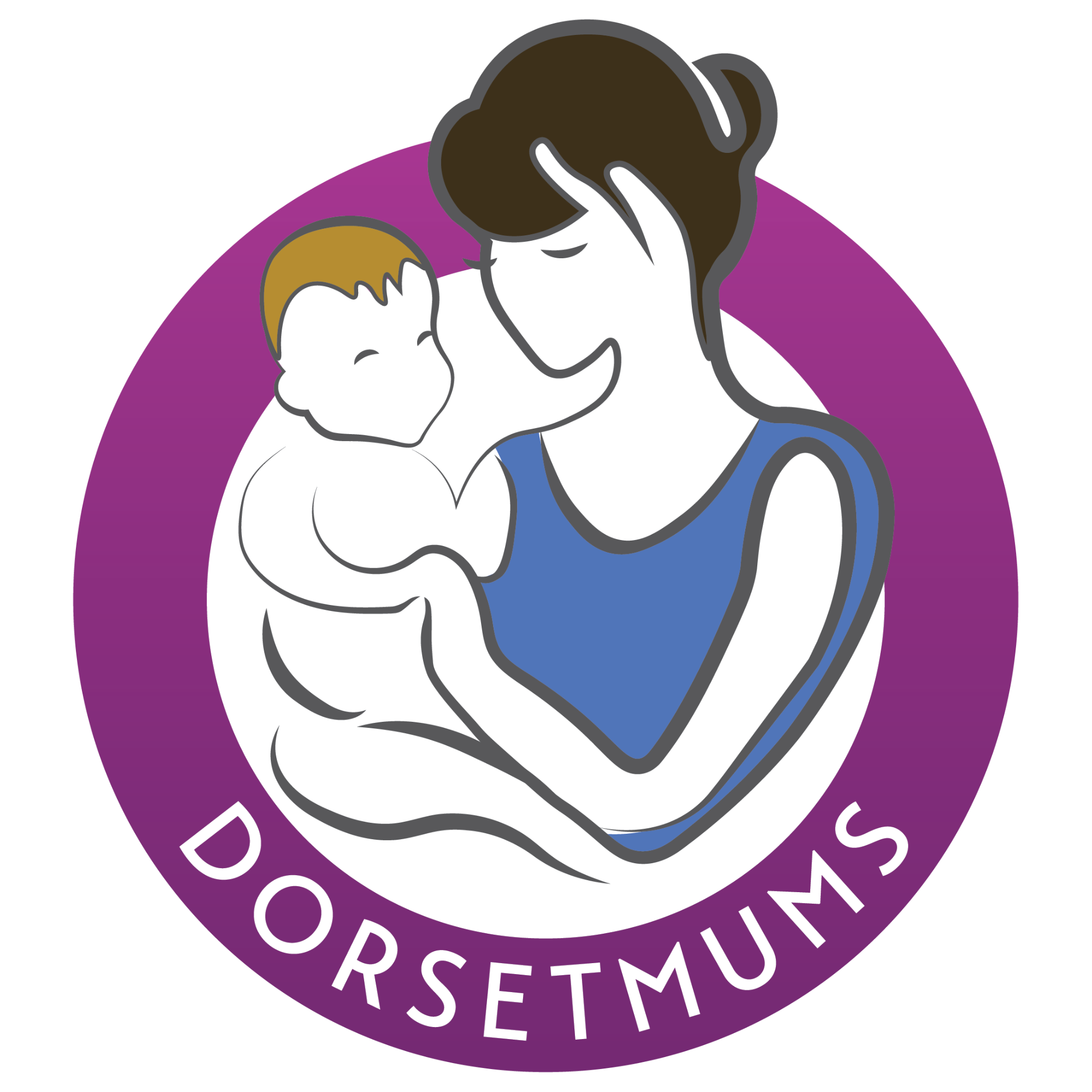Meningitis Awareness Week
Posted on
Today marks the first day of Meningitis Awareness Week. Below is a very informative blog by the lovely Kerry from Daisy First Aid so please read and share your knowledge with others.
Meningitis, the very word sends a shiver down every parent’s spine! It’s important to make sure we all recognise the symptoms of this heart-breaking illness.
Meningitis is an inflammation of the protective linings surrounding the brain and spinal cord, which is caused by bacterial or viral infections. Bacterial meningitis is very serious and should be treated as a medical emergency. Early treatment is vital.
The main symptom people associate with meningitis is the rash which we all fearfully look out for whenever our child is unwell. This rash is characterised by bleeding or bruising under the skin, it could be little pinpricks, spots or blotches, anywhere on the body. It could look red, blue, purple or brown and won’t fade or change colour under pressure. This rash however, can be a late sign and doesn’t always occur, please don’t wait for a rash to develop before you get help!
So other than the rash, which symptoms should we be looking out for? A recent study showed that 50% of children with meningitis were initially sent home by their GP as some of the signs of meningitis like fever, vomiting, severe headache and being very sleepy can unfortunately be mistaken for other common, less serious infections. A child with bacterial meningitis, however, will often deteriorate rapidly!
It is vital to seek help again if the child gets worse. One thing I always stress to parents and carers attending my class is that a medical assessment is only valid for the symptoms presenting at that moment in time, as soon as anything changes, anything gets worse or there are any new symptoms, then a new assessment is required.
Be persistent! Trust your instincts! Never be afraid to speak up and seek a second opinion!
The stiff neck and dislike of bright lights symptoms can often be rare and are less common in babies and toddlers. They may have limb, joint and muscle pain, they are likely to be irritable when picked up, may refuse to feed, may have a high-pitched or moaning cry. Other symptoms could include, pale or mottled skin, cold hands and feet, shivering, breathing fast or becoming breathless, confusion, becoming delirious or fitting. Babies could become limp and floppy, too sleepy to wake up and the soft spot on their head may become tense or bulge.
The symptoms can appear in any order! Not everyone gets all of these symptoms! Do not wait for all the signs and symptoms to appear, time is critical! Seek urgent medical advice early if you suspect meningitis is developing. If medical advice is not available go straight to the nearest emergency department. If the rash is present, call 999 for emergency help.
I can thoroughly recommend attending one of Kerry’s First Aid classes which focuses on teaching you how to deal with an accident or emergency involving babies and children. More info on upcoming classes can be found on the website and Facebook page below.
Website: Daisy First Aid
Facebook: Daisy First Aid Christchurch
For more on Meningitis and the Awareness Week please visit Meningitis Research Foundation.

Add a comment: